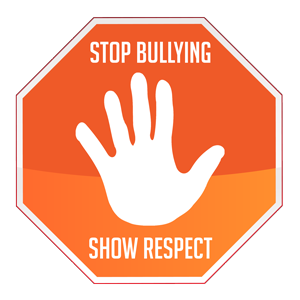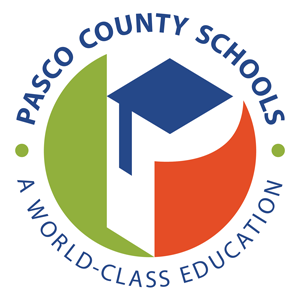A successful conservation awareness program requires a multi-faceted approach. Administrators should designate one or more Conservation Liaisons for their school. The school administrator, Conservation Liaisons, and Plant Managers are encouraged to work together to establish the school’s conservation program goals. The names of your Conservation Liaisons should be forwarded to Conservation and Recycling Operations at the beginning of the school year and as changes are made throughout the year by clicking the link and completting the form.
Conservation Liaisons should review this website to learn more about conservation. These individuals will be educating students and employees on recycling, energy conservation, water conservation and many other environmental topics throughout the school year. They should be positive, optimistic and enthusiastic role models.
As your school conservation program takes shape, be sure to leave plenty of room for student involvement. An active Earth Patrol or other environmental student group will be an asset to your conservation program. Students are creative and imaginative; their ideas and energy can fuel the school’s conservation program!
The Conservation and Recycling Operations staff will communicate updates throughout the year to the school’s Conservation Liaisons.
Classroom/School Recycling
Every classroom ad office in all schools and district offices will have a small 7-10 gallon blue container for paper. Center of pods, media center, and copy/workrooms will have 20 gallon blue container for paper. In hallways, common areas, cafeterias, staff break rooms, gyms, and stadiums will have 32 gallon blue containers for plastics and metals. Front office, media centers and cafeterias will have five gallon blue bucket for batteries.
Let's Get Started!!
1. Designate a collection area for the larger containers (20 & 32 gallons).
2. Distribute all 7-10 gallon, 20 gallon, 32 gallon and blue buckets to all designated areas.
3. Teachers will desginate recycling area in each classroom.
4. Distribute the "Recycling List" to all teachers.
5. Teachers will educate studetns on classroom items that can be recycled.
6. Students and administration will be designated to collect materials in the classroom and shown where the collection area is located.
7. Schedule any two days of the week for classroom collection.
8. Coordinate getting the 32 gallon blue containers bags to the receiving recycling area on collection day so Distribution Service vehicles can pick up items.
9. Coordinate getting the 20 gallon containers to the Greenfiber outside bin before collection day so service vehicles can pick up items.
*If you need more containers let us know!
It has been my experience that our schools can collect over a ton of paper and up to 40-60 bags of plastics/metal each month. The amount of materials you will collect and divert from the Waste to Energy Plant will be huge!
Your volume of classroom trash will go down significantly. This will be a great visual for the students and hopefully will empower them to do more in the classroom and more at thier homes with parents and siblings.
As soon as you are starting please let us know. We will begin to monitor solid waste dumpsters at those sites and we can begin to redunce service. The sooner this occurs the quicker solid waste service can be reduced and the sooner the district can begin to realize cost savings from the program. Let's get started making a difference for Pasco County Schools and the environment!!
Thanks for all your efforts!!
Chris Williamson, Recycling Coordinator
crwillia@pasco.k12.fl.us
813-794-2380








